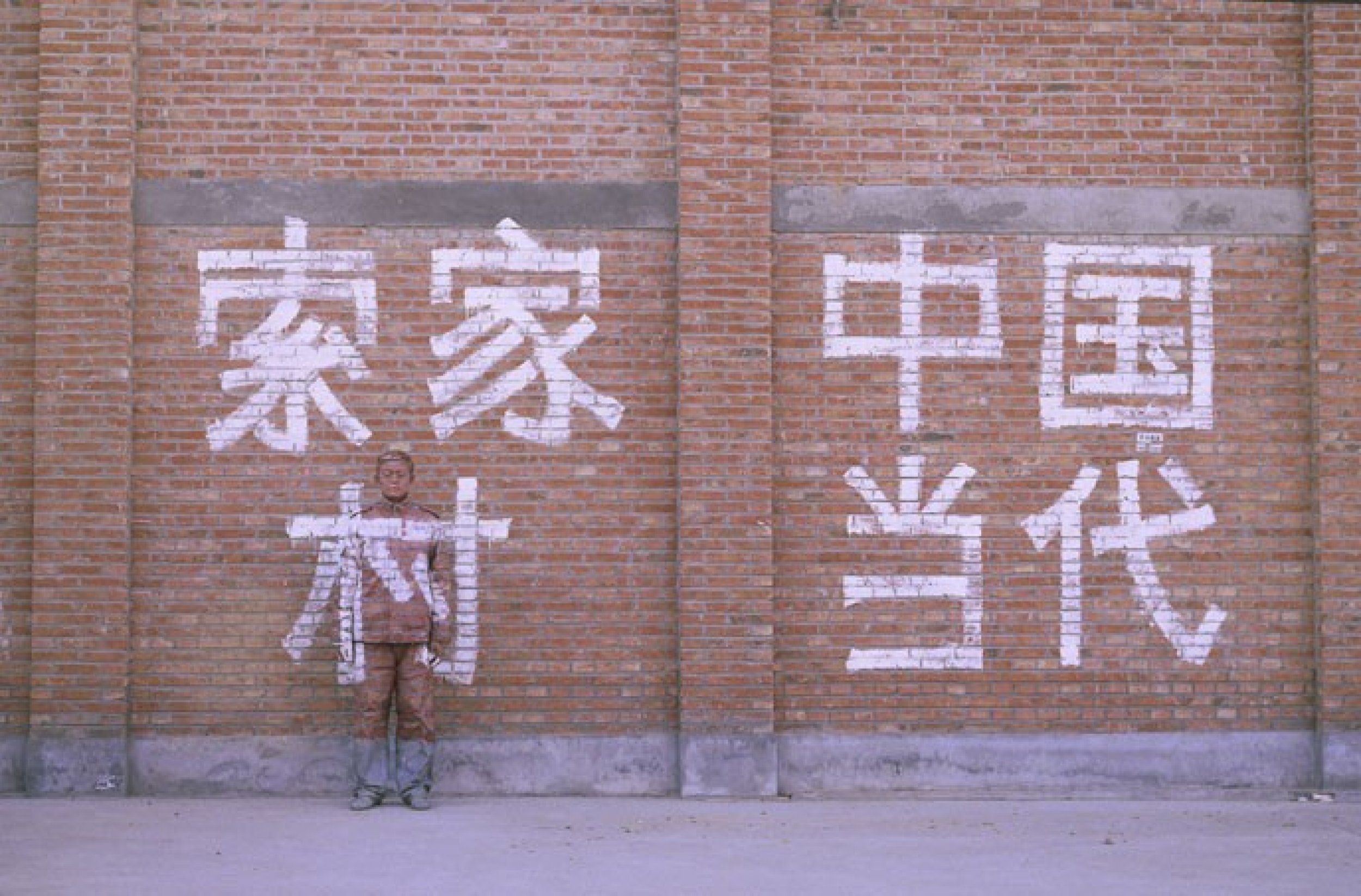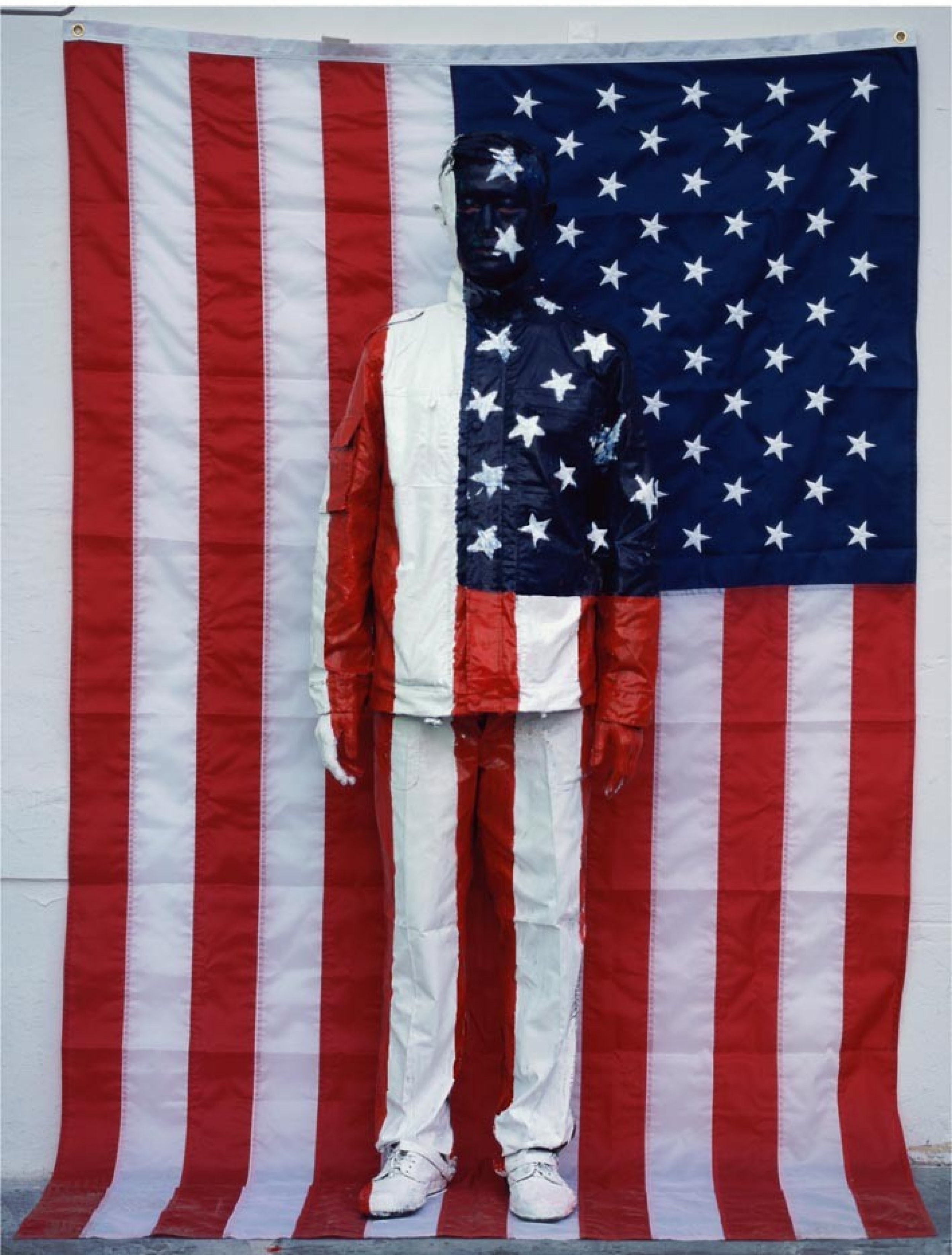Liu Bolin: A Conversation with the ‘Invisible Man’ [PHOTOS]
At first glance, you might not catch Liu Bolin vanishing into the background of his landmark photos.
Whether he's lurking on the side of a supermarket aisle or in front of a famous landmark, Bolin's made a name for himself by perfecting the art of invisibility.
Yet, Bolin's work is no magic and he is not a magician. Rather, the artist uses his work as a statement about man's relationship with his environment. Silently posing in front of each chosen scene, he becomes a blank canvas.
A graduate of the prestigious Sculpture Department of the Central Academy of Fine Arts in China, Bolin sees himself as an outsider whose artistic endeavors are not always valued, particularly in his native country.
In 2005, Chinese authorities shut down his art studio in Beijing. It was the impetus for his Hiding in the City series, several years in the making.
Bolin took time to explain to the International Business Times why he decided to become invisible in his Hiding in the City series:
IBT: Why do you choose urban landscapes for the majority of your work?
Bolin: In the development of Chinese society, we experienced movements which were against humanity and purged people's minds. I chose to camouflage my body into the environment because this way, people will pay more attention to the background's social property, and the meaning of my body disappeared in this environment as an individual. In one aspect, my works record the history of the development of Chinese society. Concern about the situation of Chinese reality is one important theme of my works. I am trying to ask, How does our society develop? What are the problems in our society? Where is our direction leading?
IBT: What message do you hope to convey with your art?
Bolin: I'm trying to deliver a message about the relationship of human beings to their environment. Environment here can mean social, cultural, ecological, and so on. An individual today is more likely to be controlled by or even merged into their environment. Of course, a lot of people and the media speak about my work from a political perspective, which is one aspect of my message for sure. But I also want to emphasize and to draw people's attention to the relationship between the grand scale of cultural development and the role of a single individual.
IBT: How long does the average photo take and what is the process?
Bolin: To finish one work, it will take 3-4 hours. All the painting and photography work is finished by one of my assistants. My work is for me to stand still there. Some people would ask: you are not the one who does the painting, or shot the work, how can it be your work? But I was the one who chose which site we should use, and which assistant helps me to do the painting, or the shot. Before I started HITC (Hiding in the City), I would choose some sites as back-ups, then choose one of them as the place to shoot the photo. Before we start work, I take a photo of me standing in front of the site. I put my portrait on every background digitally before real production starts, in order to show my assistant the ideas and tell them how to proceed. We pay attention to every single detail, every line and color. My assistant and I communicate throughout the process, in order to get the best image we can. I then analyze which part is most important part, which has to be finished first, and also I need to guide them to make the color choices so it is the same as the background. Then we start to paint. I have to paint myself in the same color as the background, and more importantly I have to make the lines connect with those of the background.
IBT: During the process of becoming invisible, what are you thinking? What does this transformation represent?
Bolin: When we shoot the photo, I need to stand still, and my assistants will help apply the paint on me and will try their best to paint me in the same color as the background. I need very strong willpower to steady myself and keep working on it. During the preparation of HITC, I feel like I am fighting against my nature, fighting with life, and I have to stand in stillness for my faith and ideals.
IBT: What is the reaction to your work in your native country?
Bolin: In Chinese society's communistic dream, there must be majuscules (capital letters / big words) to tell and to clean the public's brain, creating the kind of people we need. For example: some uniform thoughts and promotion of the educational ideas were written as slogans on the wall. This is a way to fool the public, and the people who gained were the people who created those slogans. When my body is covered and disappears, it's not about the relationship between me and the wall, but the relationship between me as an individual and those slogans which are used to fool the public. In China, we get used to those slogans, so I want to use my work to remind people they have to think more about the environment where we live.
Press Start to view a series of photos from Liu Bolin's Hiding in the City, courtesy of Eli Klein Fine Art.





















© Copyright IBTimes 2024. All rights reserved.






















